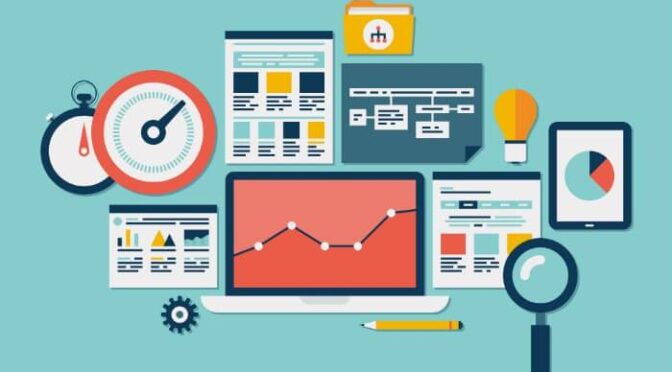
Over the years, the practice of data analytics has been promoted in different areas of the organization, such as finance, marketing, and an area that is becoming increasingly important, human resources. This transition faced by some companies refers to how they adopt a data-driven approach and anchor their daily management needs using the infinite amount of data that their business can yield.
The concept of “data-driven culture” is a relatively new and novel concept that is of great relevance to organizations today. Companies develop their different commercial and administrative strategies through the application of data. All through a coherent, structured work environment that allows decision-making through data evidence, based on data evidence, and leaving aside the “instinct”, is very detrimental in the course of organizations at certain times.
Data is a very important asset and can offer companies the power to organize, operate, predict and create value. This requires that the practice is embedded in the organizational culture and that it becomes the means and alternative to solve problems, make decisions and act on different scenarios that may arise in the continuous advancement of companies.
As is evident, there are many benefits to incorporating a data-driven culture, but achieving it takes time, energy, resources, and, above all, discipline. These cultural transitions require a great effort from everyone involved because they signal a dramatic change in the shape and direction that each organization is taking.
To make such a change, the need to transform management towards the use of data must be manifested and evidenced. It is important to question how the organization has been managed and how decisions are being made in each area involved.
On the other hand, the initiative toward this process must be supported and driven by formal and informal leaders within the company. Identifying what data there is, who is responsible for managing this information, the current level of analytical skills, and the technologies they have. Making a diagnosis of the current situation and recognizing the north towards which they are going to work, establishing the gaps to be covered.
It is important to work hard on the development of analytical skills because if people do not know how to work with data, the organization is in trouble. To overcome them, it is pertinent to exercise and train in basic data management, exploration, and exploitation techniques, and basic/intermediate statistical knowledge applied to daily management.
In short, it is possible to start building a data-driven team by promoting the following:
- Encourage the use of data: Employees should know the value of using data explicitly and not have any restrictions on accessing it.
- Encourage experimentation: Organizational leaders should push their employees to incorporate data into their day-to-day decision-making, so they will become familiar with how to use it and how relevant it is.
- Education in the use of data: The team should be trained on how to use the available tools to access the data and interpret the results.
- Encourage critical thinking: The organization must create an environment that encourages questioning, distrusts intuition, and displays a healthy level of skepticism, but of course celebrates critical thinking, curiosity, and the deeper desire to question everything.
The transition to a data-driven culture can be a challenge that requires drastic organizational changes. The data we have is not only the result of the management of a particular area but is provided by the products and interaction of different work teams.
Using data to make decisions requires us to develop a deep understanding of the organization. It is this knowledge that allows us to extract the right data based on the needs and priorities of the business, then analyze it and choose the most appropriate course of action. This is how data leads us to informed decisions that can help us avoid mistakes based on erroneous past experiences, identify trends and even predict phenomena.
In a nutshell, data-driven decision-making forces us to work with a scientific approach: build a hypothesis, look for evidence (data) to try to disprove it, and draw valid conclusions. It may mean achieving previously unimaginable results or realizing that what you think is right may have better alternatives with better results for your company.
